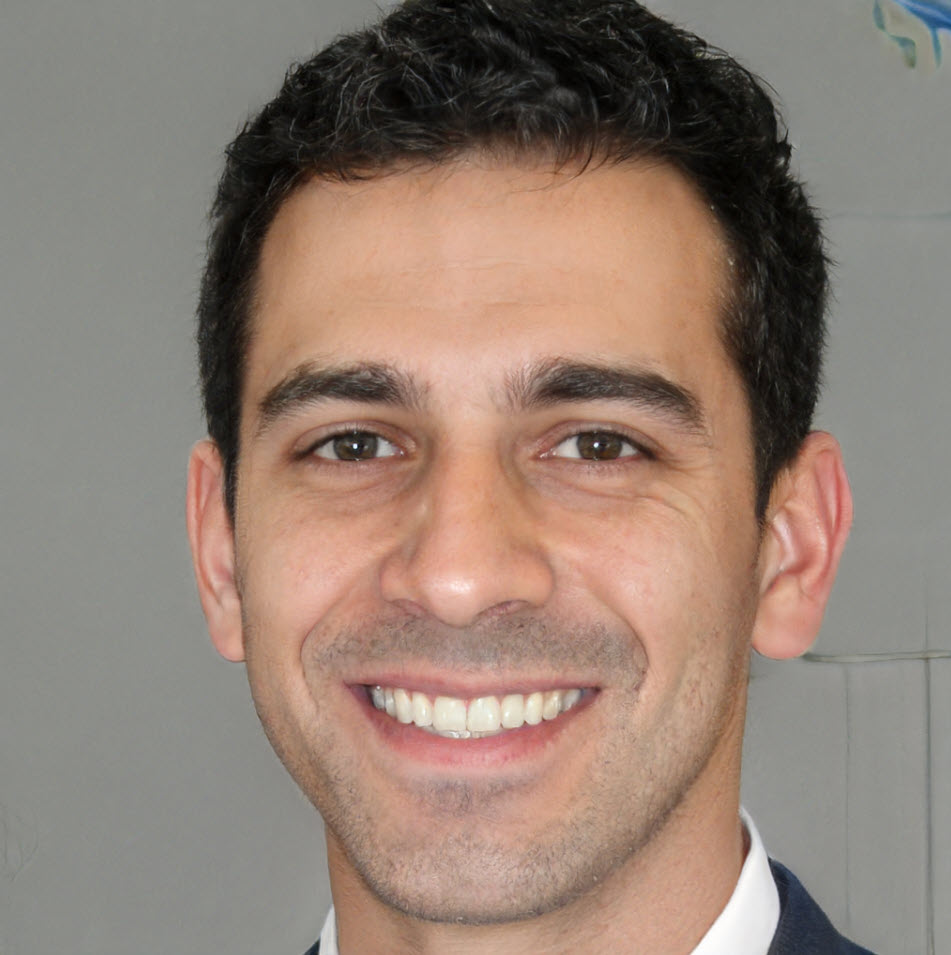SaaS Financial Model Tutorial | Scaling a Software Startup to $1 Billion
53,512 View
Share this Video
- Publish Date:
- 15 September, 2022
- Category:
- SAAS Software
- Video License
- Standard License
- Imported From:
- Youtube
Tags
We build a SaaS financial model in Excel for an enterprise software startup scaling up to a $1 billion (unicorn!) valuation in its first four years. Free template included.
RESOURCES & LINKS:
____________________________________________
► SaaS Financial Model Free Template Download: http://bit.ly/saasmodel_mlchmp
🚨 Join my Finance for Startups training program (with personalized support, livestreams, and more): https://bit.ly/finance_for_startups
Join My Communities:
► My second channel: https://www.youtube.com/channel/UCbM6zM3al9jZSyoRyJWQL-Q
► Subscribe to my email newsletter: http://bit.ly/joinericnewsletter
► Discord: https://discord.gg/gHghhVcW3S
My Excel Courses:
► Become an Excel Power User in 2.5 Hours (85% discount): http://bit.ly/excelpwrusr5-21
► Master Excel Keyboard Shortcuts (85% discount): http://bit.ly/shortcuts5-21
Related Financial Modeling Videos:
► How to Build a Growth Marketing Dashboard: https://youtu.be/KUXbOzgLU_s
► Startup Fundraising Lifecycle: https://youtu.be/BpHmW0YM-ss
► How VCs Calculate Customer Retention & LTV: https://youtu.be/OwCATJh4lNg
► Unit Economics Explanation: https://youtu.be/AMKgcBzK7cg
____________________________________________
We learn how to build a financial model for a SaaS company (software as a service) trying to scale to a billion dollar valuation. You can download the SaaS financial model template free in the description.
We walk through every step of the financial model in this video - it is a lot fun and I would encourage you to watch the whole thing!
We build the customer acquisition funnel (which is an enterprise software sales team & commission structure), the new and recurring bookings, a revenue recognition schedule, the P&L, balance sheet, and cash flow, look at a series of fundraising rounds and finally calculate the SaaS financial metrics that investors are heavily focused on.
Marc Andreessen famously published an essay called "why software is eating the world" back in 2011, highlighting the ways in which software companies were poised to take over broad swaths of the economy - and this also became the central investment thesis behind one of the most important VC firms in the world, Andreessen-Horowitz.
Why are software companies so valuable? First off - because they are made of code, and code effectively has no marginal cost to sell. They are infinitely scalable, have gross margins of 80-90%, and their only assets are data & humans.
In addition, the overall experience for both customers and business is generally better and cheaper when services are delivered as a software solution. For this reason, software companies have both taken market share from legacy industries, and created many new markets.
Given the superior experience for customers, churn rates are often very low - meaning customers have high lifetime values - driving huge recurring revenue streams at 80-90% gross profit margins for these businesses.
For this season, software as a service (SaaS) companies command superior valuations because of their sticky customers and sky-high profit margins.
SECTIONS:
0:39 intro to customer acquisition for enterprise software as a service (SaaS) startups
2:00 setting up a SaaS sales funnel, new bookings, and sales team
7:10 forecasting expansion and contraction (churn) revenue for SaaS
15:35 calculating enterprise software sales bonus plan (new, renewals, up-sells)
18:48 total active customers, total bookings, and recurring revenue recognition
24:05 shortcut formula for SaaS revenue recognition
28:48 recap & moving into the pre-launch phase (income statement modeling)
44:58 calculating the gross margin (typical enterprise software GM range)
48:13 modeling SaaS startup operating expenses
54:04 calculating operating profit
55:30 calculating net income & tax loss carry forward asset
57:55 CAPEX & depreciation schedule
1:01:25 linking depreciation into the income statement
1:02:00 building the cash flow statement - understanding fundraising needs
1:03:30 building the balance sheet alongside cash flow
1:07:09 linking CAPEX into the cash flow statement and balance sheet
1:10:28 cash flow from financing + capital raised
1:12:10 calculating net cash flow!
1:14:00 modeling owner’s equity on the balance sheet and balancing
1:17:00 analyzing how much investment capital we need to raise for our SaaS startup
1:20:00 gut checking the model and finding an error – critical moment
1:21:25 raising our third VC round
1:23:20 SaaS financial metrics – key KPIs for software companies
1:28:04 calculating & understanding net dollar retention (NDR) for SaaS businesses
1:32:28 calculate LTV: CAC ratio for software companies
By the end of this video, you will know how to build a SaaS financial model for enterprise software startups - I guarantee it!
If you have questions - leave a comment below and I'll try to help. Cheers!
#saas #saasfinancialmodel #startups














